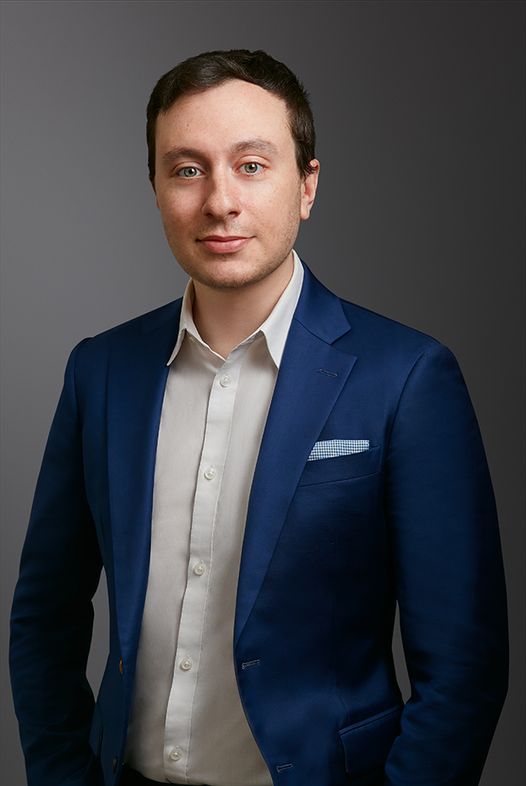Axinn IP Update: Section 287(c) Immunity Has Its Limits
November 18, 2019
By: Ted Mathias and Ross Blau
Axinn Update
Section 287(c) of the Patent Act provides that, in certain circumstances, a medical practitioner whose actions would ordinarily constitute patent infringement is immune from suit when performing a “medical activity.” Recently, in VetStem Biopharma, Inc. v. Cal. Stem Cell Treatment Ctr., Inc., No. 2:19-cv-04728, slip op. (C.D. Cal., Oct. 31, 2019), the court analyzed this defense and found that the defendant was not immune from infringement.
VetStem sued California Stem Cell Treatment Center for infringement of U.S. Pat. No. 9,453,202, (hereafter “the ’202 patent”), which covers treatments employing adipose-derived stem cells in both human and veterinary settings. The defendant responded by filing a motion to dismiss under Rule 12(b)(6), claiming immunity under Section 287(c) because any alleged infringement resulted from medical practitioners performing a “medical activity.”
The court requested supplemental briefing to address several issues, including whether the ’202 patent is a “biotechnology patent.” VetStem, No. 2:19-cv-04728 (C.D. Cal., Oct. 16, 2019) (In chambers order requesting supplemental briefing). Section 287(c) does not provide immunity where the “medical activity” is “the practice of a process in violation of a biotechnology patent.” 35 U.S.C. § 287(c)(2)(A).
The term “biotechnology patent” is not defined in Section 287(c). VetStem, No. 2:19-cv-04728, slip op. at 3 (C.D. Cal., Oct. 31, 2019). Instead, the House Conference Report accompanying the statute provides that a “biotechnology patent” includes, among other things, a patent covering a treatment using biological materials wherein those materials were manipulated (such as by selection and purification) outside of the body. Id. at 3–4 (citing H.R. Rep. No. 104-863, at 854 (1996) (Conf. Rep.)).
The court in VetStem concluded without any claim construction that the ’202 patent was a “biotechnology patent.” Id. at 5. It found that Claim 1 was directed to a treatment using adipose-derived stem cells that were manipulated (by processing and separation) outside of the body. Id. Thus, the alleged infringing activity was “the practice of a process in violation of a biotechnology patent” and therefore not a medical activity immune from infringement under Section 287(c). Id.
VetStem serves to remind us that Section 287(c) immunity provides only a limited immunity for medical practitioners.
To subscribe to our publications, click here.
Featured Insights
Featured Insights
American Bar Association 2025 Asia-Pacific Conference
Speaking Engagement
Antitrust
NBA Commercial Law Section 38th Annual Corporate Counsel Conference
Sponsorship
Antitrust
GCR Live: Law Leaders Global 2025
Speaking Engagement
Antitrust
The 32nd Annual Marketing Partner Forum
Event
SABA North America Corporate Counsel Retreat 2025
Sponsorship
Antitrust
Axinn Antitrust Insight: FTC Announces Revised HSR Thresholds for 2025
Client Alerts
Antitrust
Four Axinn Thought Leadership Pieces Nominated for the Antitrust Writing Awards
Awards & Recognitions
Antitrust
Merger Remedies Back in Vogue Under Trump
Media Mentions
Antitrust
Three Takeaways from the Initial Determination at the ITC Regarding Standard Essential Patents in the 1380 Investigation
Axinn Viewpoints
Intellectual Property
A POSA’s Motivation Is Not Required To Be the Same as the Inventor’s in Evaluating Obviousness
Axinn Viewpoints
Intellectual Property


